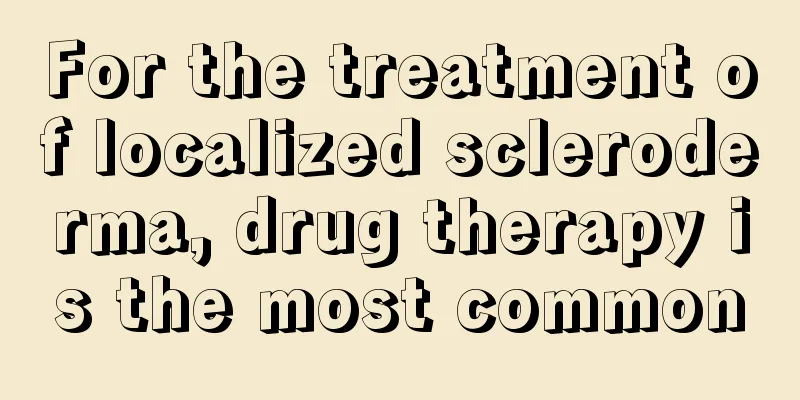What are HIV antibodies?

|
Human immunodeficiency virus antibodies are classified as pathogens in medicine. Their normal value is negative. Generally, a positive test result in clinical practice indicates human immunodeficiency virus antibodies. Since this pathogen is not common, but once infected it is extremely harmful, so people need to know about it in advance to be prepared. 1. Normal value Negative. 2. Clinical significance If the serum screening test (enzyme-linked immunosorbent assay, gelatin particle agglutination test) is positive, a confirmatory test (protein blot test) must be performed. If the confirmatory test is also positive, human immunodeficiency virus infection can be diagnosed. 3. Notes HIV infection can also be detected by PCR. Positive results should be comprehensively analyzed in combination with other examination items and clinical conditions. Suspicious results should be followed up for at least 6 months. 4. Related diseases Digestive system damage in acquired immunodeficiency syndrome, HIV-associated respiratory infections, Alzheimer disease, antibodies 5. Related symptoms Decreased normal immunoglobulins, HIV infection 6. Coding genes The viral genome consists of two identical positive-strand RNA strands, each approximately 9.2-9.8 kb long. At both ends are long terminal repeats (LTRs), which contain cis-regulatory sequences that control the expression of the provirus. It has been demonstrated that LTR contains promoters, enhancers and negative regulatory regions. The sequences between LTRs encode at least 9 proteins, which can be divided into three categories: structural proteins, regulatory proteins, and auxiliary proteins. 1. The gag gene can encode a polymer precursor protein composed of about 500 amino acids, which is hydrolyzed by proteases to form P17 and P24 nucleoproteins, protecting RNA from damage by external nucleases. 2. The Pol gene encodes the polymerase precursor protein, which is cleaved to form protease, integrase, reverse transcriptase, and ribonuclease H, all of which are necessary for viral proliferation. 3. The env gene encodes a precursor protein of approximately 863 amino acids and is glycosylated into gp160, gp120 and gp41. gp120 contains a neutralizing antigenic determinant cluster, and it has been proven that the HIV neutralizing antigenic epitope is located on the gp120 V3 loop. The V3 loop region is an important functional region of the envelope protein and plays an important role in the fusion of virus and cells. gp120 is non-covalently linked to the transmembrane protein gp41. gp41 fuses with the target cell, allowing the virus to enter the cell. Experiments have shown that gp41 also has strong antigenicity and can induce antibody response. 4. The protein encoded by the TaT gene can bind to LTR to increase the transcription rate of all viral genes, and can also promote the translation of viral mRNA after transcription. 5. The Rev gene product is a cis-activating factor that can de-inhibit the cis-acting repression sequence (Crs) in env and gag, enhance the expression of gag and env genes, and synthesize the corresponding viral structural proteins. 6. The protein P27 encoded by the Nef gene has a negative regulatory effect on the expression of HIV genes, thereby delaying viral replication. This protein acts on the LTR of HIV cDNA and inhibits the transcription of integrated viruses. It may be necessary for HIV to maintain a persistent presence in the body. 7. The Vif gene is not essential for HIV, but may affect the infectivity of free HIV, the production of virions, and transmission in the body. 8. The VPU gene is unique to HIV-1 and is essential for the effective replication of HIV and the assembly and maturation of virions. 9. The protein encoded by the Vpr gene is a weak transcriptional activator that plays a certain role in the reproductive cycle in the body. The genetic structure of HIV-2 is different from that of HIV-1: it does not contain the VPU gene, but has a VPX gene of unknown function. Nucleic acid hybridization method was used to examine the nucleotide sequences of HIV-1 and HIV-2, and only 40% of them were identical. The antibodies produced by the body stimulated by the env gene expression product have no cross-reaction. |
<<: If you break your knee, you can quickly heal the skin by doing this
>>: What are the treatment methods for knee cysts
Recommend
What causes itchy scalp? Experts answer your questions
Sometimes people will find that their scalp is pa...
What are the wonderful uses of fruit peels
When we usually eat fruits, we usually throw away...
What causes a tingling sensation on the skin?
People sometimes feel some tingling sensations on...
What calcium supplements should I take for thyroid cancer
Thyroid cancer patients can supplement calcium ta...
What are the symptoms of lung cancer? Common clinical symptoms of lung cancer
The occurrence of lung cancer can make patients f...
What is the back of the knee called
The back of the knee is generally called the popl...
What are some recipes suitable for gout treatment?
Almost half of women will experience symptoms of ...
What to do if anxiety disorder relapses
As people are under increasing pressure, the numb...
How to brush your teeth with salt and baking soda
Having a mouthful of white and healthy teeth can ...
Loose upper eyelid skin
Age is a woman’s natural enemy, because as she ag...
What to do if butter oil and water separate
When making pastries, butter needs to be mixed wi...
Who is suitable for foot soaking with mugwort leaves
Generally speaking, people with yang deficiency a...
The efficacy and function of mint honey
Everyone knows that mint is a very refreshing thi...
What to do if the ear is inflamed?
Inflammation of the ear is what we call otitis me...
Can the perforation of the eardrum caused by radiotherapy for nasopharyngeal carcinoma be cured?
Patients with nasopharyngeal cancer may have perf...









